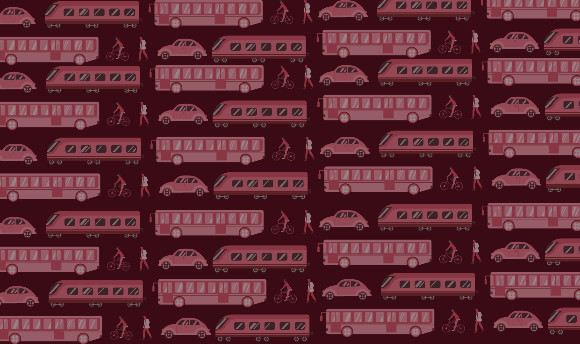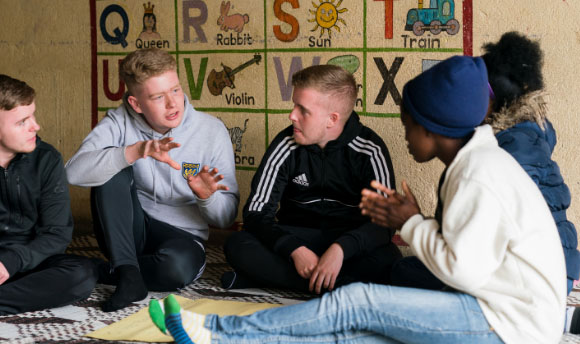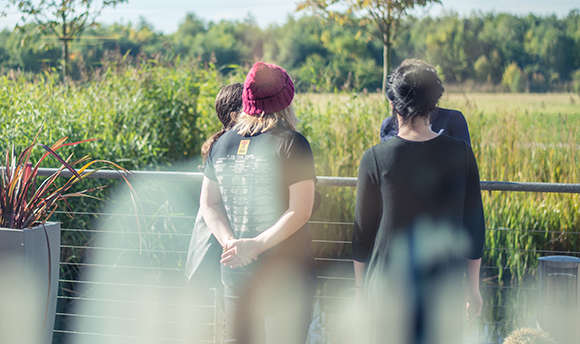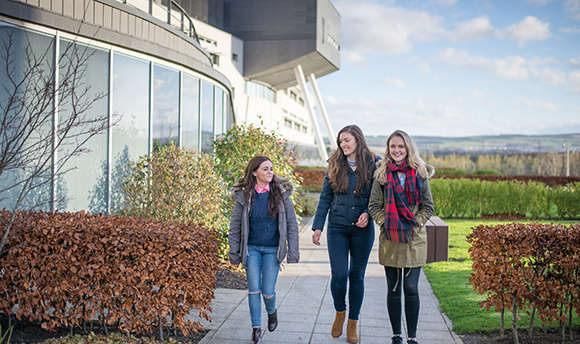As we work towards creating a truly inclusive curriculum which allows all students to reach their potential, we need to open ourselves up for scrutiny and listen to the real experiences of students. Victory Oforji, a clinical emergency nurse with Salisbury NHS Foundation Trust, is studying on QMU’s PgCert Professional and Higher Education. As a nurse educator, she was keen to share her observations and help avoid any areas where unintentional exclusion may exist within the curriculum.
Inclusivity! Practical or Not
When you ask an average person what the term "Inclusivity" means to them, they attribute it to treating everyone equally but is this really the case? Can we really treat everyone equally? Should we really be treating everyone in the same way or rather adopt a universal system that creates room for individual uniqueness? Is our curriculum designed in a way that acknowledges individuality and makes it easy for students to see themselves and their experiences through the lens of what is being taught? Or are our students stuck in a constant loop of feeling alone, left out, unheard or underrepresented? Do we have a clear and in-depth understanding of the different types of discrimination that individuals face in higher education learning environments? Or do we just pay attention to the obvious, such as colour, race and/or religion, and ignore the masked factors? Do we truly know the different ways our students can feel discriminated against through our approach to teaching and learning, even the curriculum we design and deliver?
Sure, there are laws and guidance that promote equality and diversity. Sure, every institution and department are quick to read out their formulaic phrases about diversity, disseminate their ‘blueprints for equality’ but how practical are we in implementing these changes, in truly following through on what we say? How do we support that student who is dyslexic? Or that African or Asian student who has migrated across the world to study with us? Or a Caucasian student who does not face racial discrimination but is excluded and discriminated in other ways?
These are the questions I have continuously asked myself since undertaking the module on curriculum design as part of the requirement for a PgCert at QMU. Consequently, I have identified this as an overarching problem within the overseas Objective Structured Clinical Examinations (OSCE) preparatory program. This discovery is worth sharing to create awareness and insight as to how our curriculum could encourage unintentional exclusion and institutional discrimination. I have illustrated these deficiencies in a short fictional movie titled A Tale of Two Girls.
As highlighted in the fictional movie, there are several problems noted within the OSCE preparatory program, which is relatable across higher learning institutions. The problem I am most concerned about is unintentional exclusion in the OSCE. This is particularly disappointing considering the diverse nature of the program and the fact that we are in the 21st century where inclusion and diversity legislation is key. However, the practical implementation of an inclusive curriculum within the OSCE is lacking. It is heartbreaking when you hear students complaining of feeling excluded due to a language barrier, a disability or even things harder to challenge, such as ‘the hidden curriculum’ which impacts students who are unable to scaffold their learning based on previous experiences because the basis of examples and assumptions of learner experience used by teaching staff do not reflect the student’s experiences (Symth et al., 2019; Vygotsky, 1978). In the OSCE, the curriculum is designed based on the assumption that students should be knowledgeable enough to navigate through the program simply because they are mature. This results in a non-flexible, non-collaborative and non-creative curriculum that is strictly designed as a “one size fits all” tool.
So, why do we need to change this?
Because a non-inclusive curriculum significantly affects the performance rate of students, which also has a significant impact on the quality of nursing professionals we produce. A non-inclusive curriculum will mean failing the students entrusted in our care. This will either lead to their failure within the program or students who pass but are less confident practitioners when they do join the nursing profession.
It is thus essential to adopt a Universal Curriculum Design that maintains a flexible, collaborative, and creative curriculum, which will ensure versatility and constantly evolve to accommodate students' needs.
There is work already been done at QMU to encourage an inclusive curriculum. From the concept of curriculum decolonization to strong student and language support services. The curriculum for the module "Curriculum Design" within the PgCert in Higher and Professional studies encourages inclusivity, giving each student the opportunity to approach their learning through a relatable lens, while scaffolding their unique experiences. This is worth emulating to encourage a working learning system that makes a curriculum a universal tool for higher quality education rather than a "one size fit all guide".
We need to create a more accommodating and rewarding educational system. We need to design an inclusive education system. We need to reshape the OSCE to reflect a necessary paradigm shift in higher education, and nursing education. Enough of the theory and more of the practical – it’s time to put actions behind our words!







